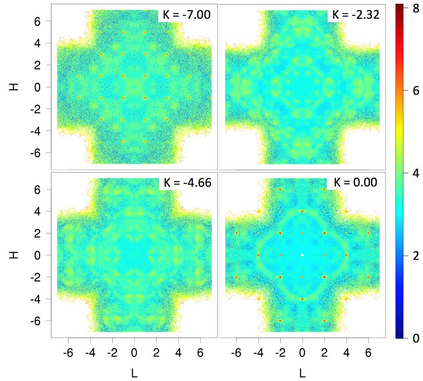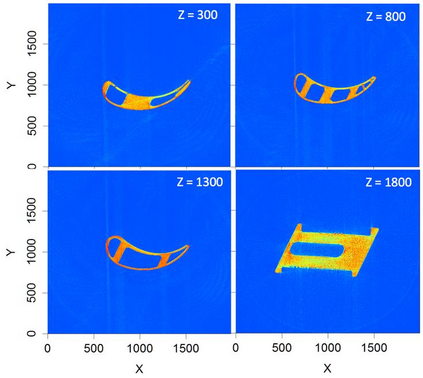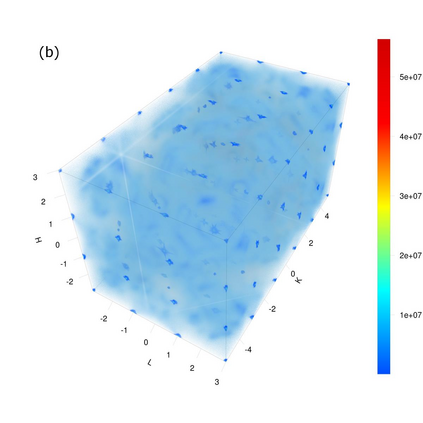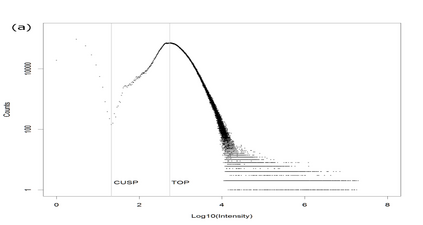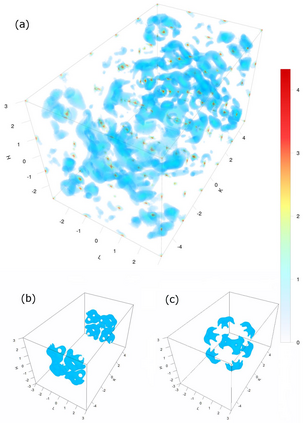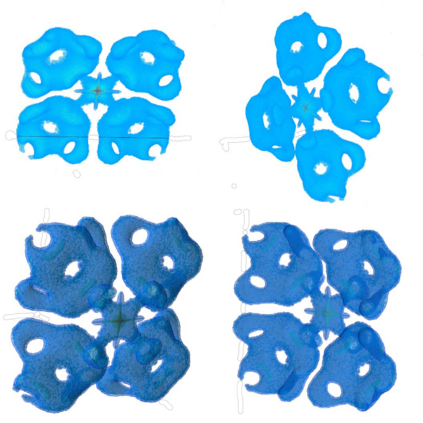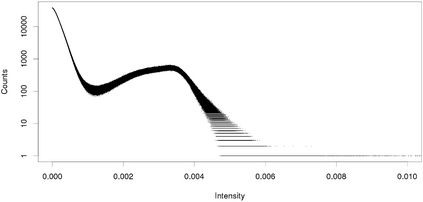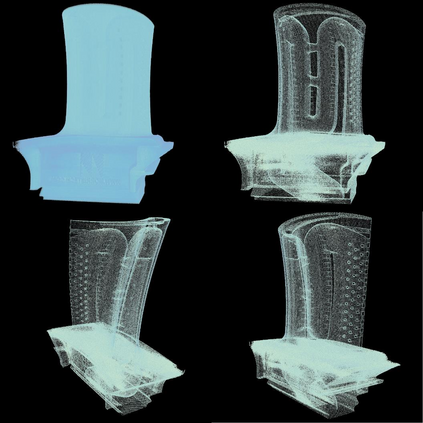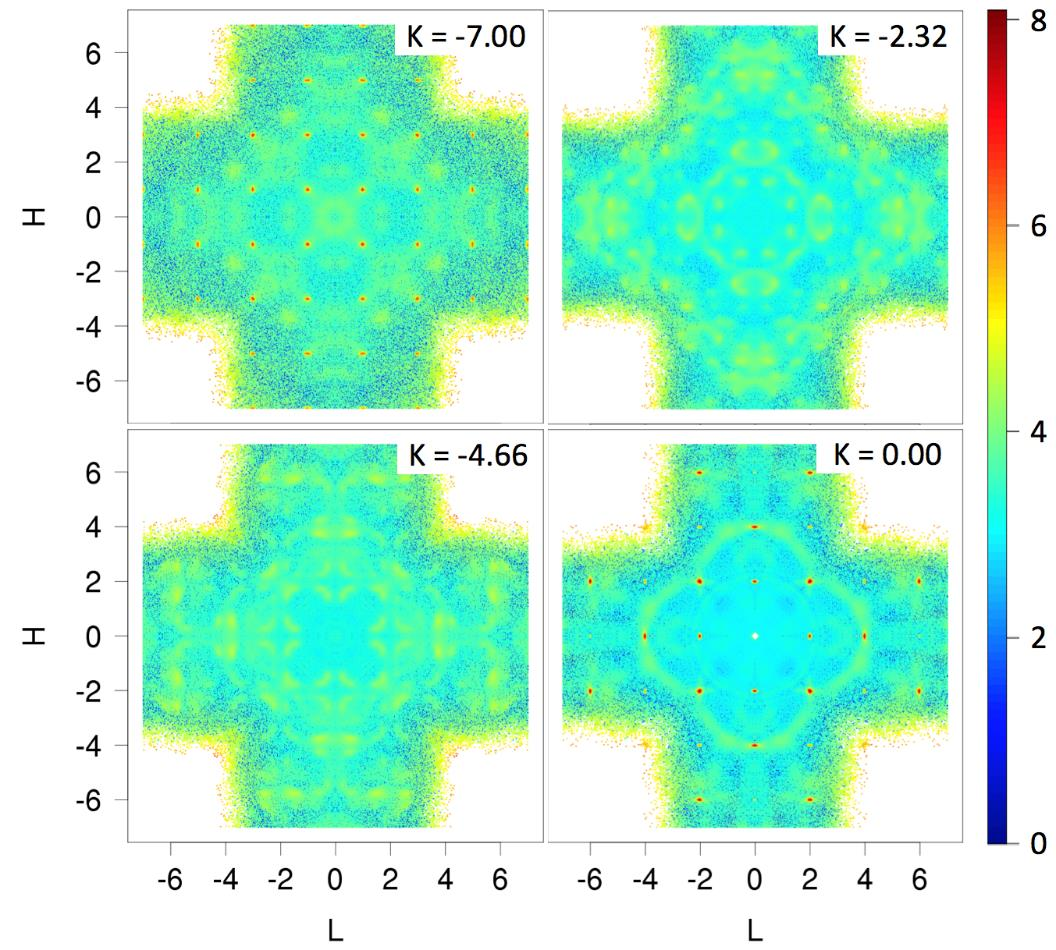Recent advancements in neutron and X-ray sources, instrumentation and data collection modes have significantly increased the experimental data size (which could easily contain 10^8-10^10 data points), so that conventional volumetric visualization approaches become inefficient for both still imaging and interactive OpenGL rendition in a 3D setting. We introduce a new approach based on the unsupervised machine learning algorithm, Density-Based Spatial Clustering of Applications with Noise (DBSCAN), to efficiently analyze and visualize large volumetric datasets. Here we present two examples of analyzing and visualizing datasets from the diffuse scattering experiment of a single crystal sample and the tomographic reconstruction of a neutron scanning of a turbine blade. We found that by using the intensity as the weighting factor in the clustering process, DBSCAN becomes very effective in de-noising and feature/boundary detection, and thus enables better visualization of the hierarchical internal structures of the neutron scattering data.
翻译:最近中子和X射线源、仪器和数据收集模式的进步大大提高了实验数据规模(可以很容易地包含 10 ⁇ 8-10-10×10 数据点),因此传统的量子可视化方法对三维环境中的静态成像和互动式 OpenGL 递解都变得效率低下。我们采用了基于无监督的机器学习算法、以密度为基础的以噪音为基础的应用空间集群(DBSCAN)的新方法,以便有效地分析和可视化大型体积数据集。在这里,我们举了两个例子来分析和可视化单一晶体样本扩散实验和涡轮叶中子扫描图像重建中子扫描的数据集。我们发现,通过利用强度作为集成过程的加权因素,DBSCAN在去音和特性/边界探测方面变得非常有效,从而使得中子撒散数据的等级内部结构得以更好的视觉化。

